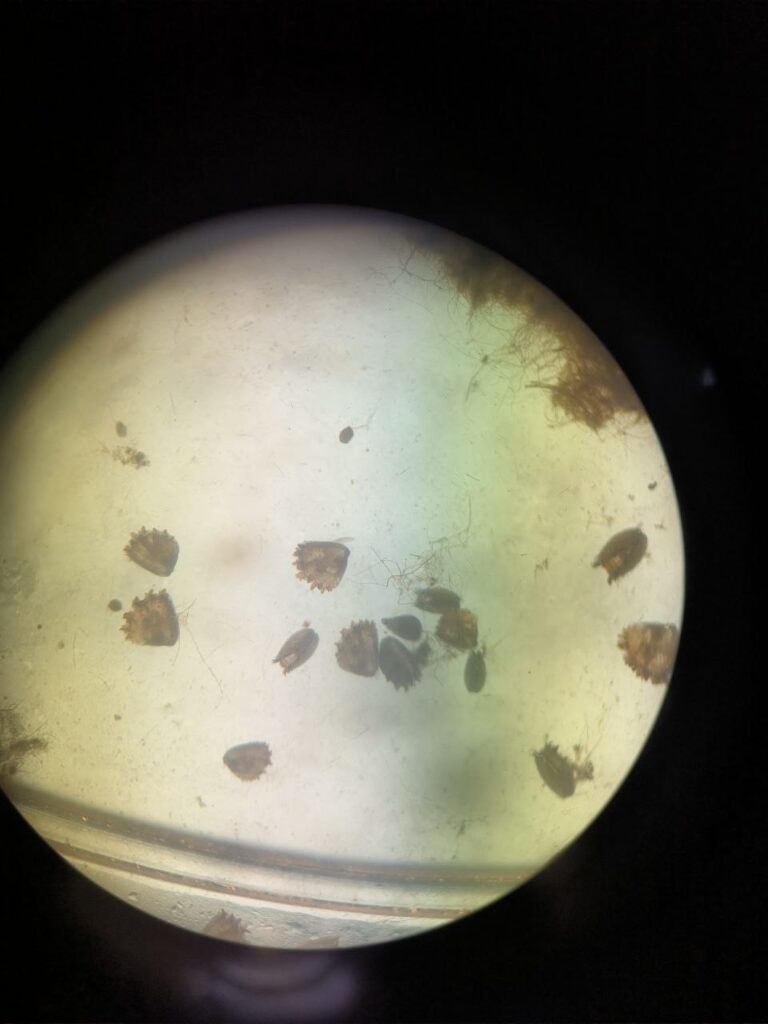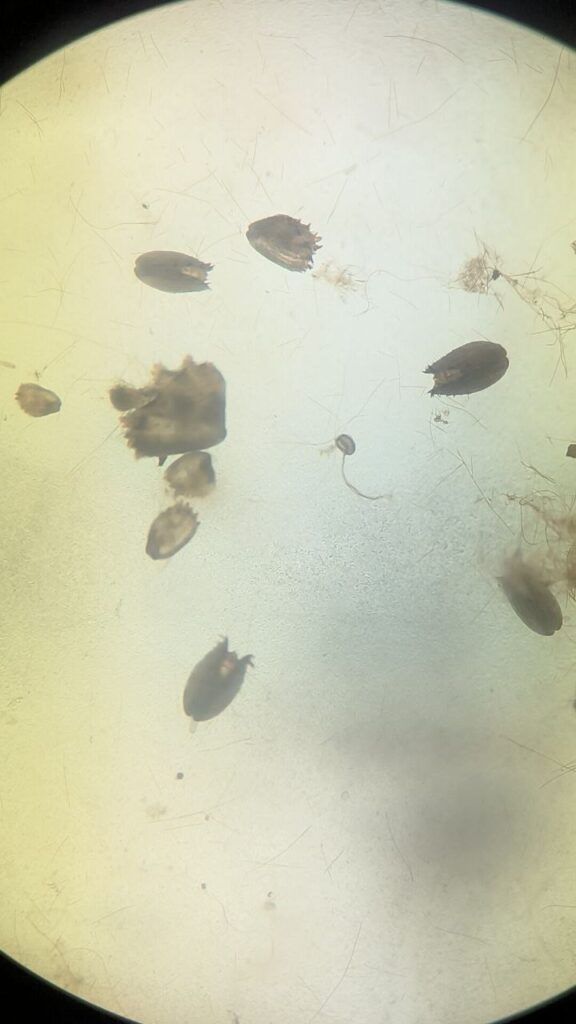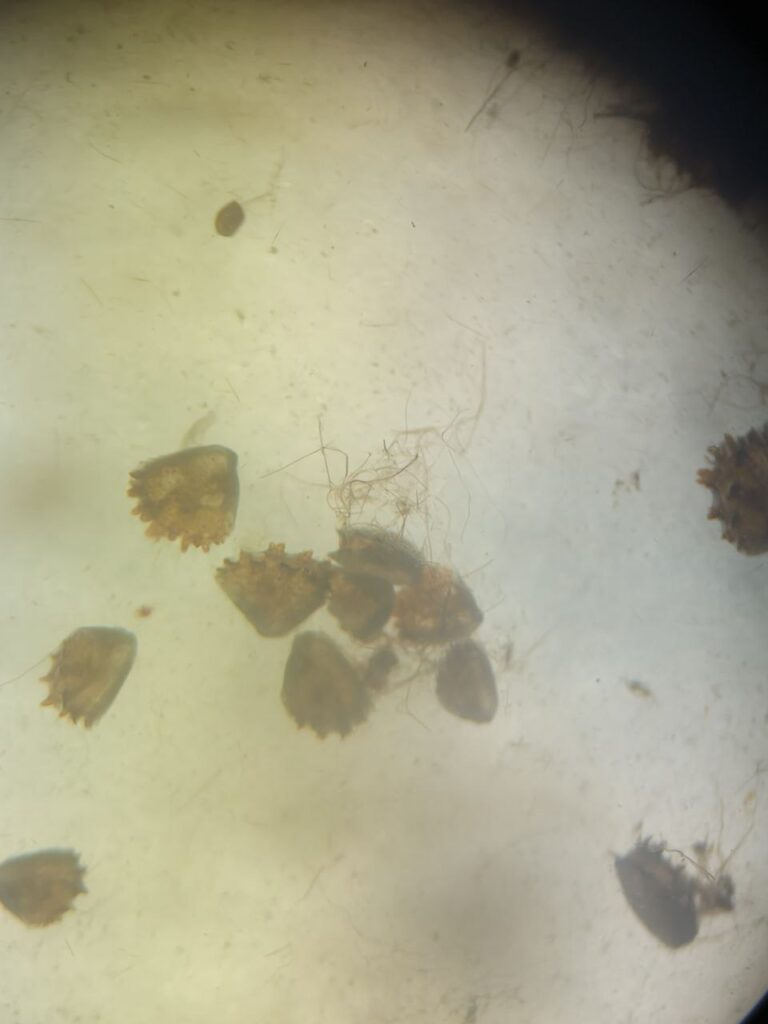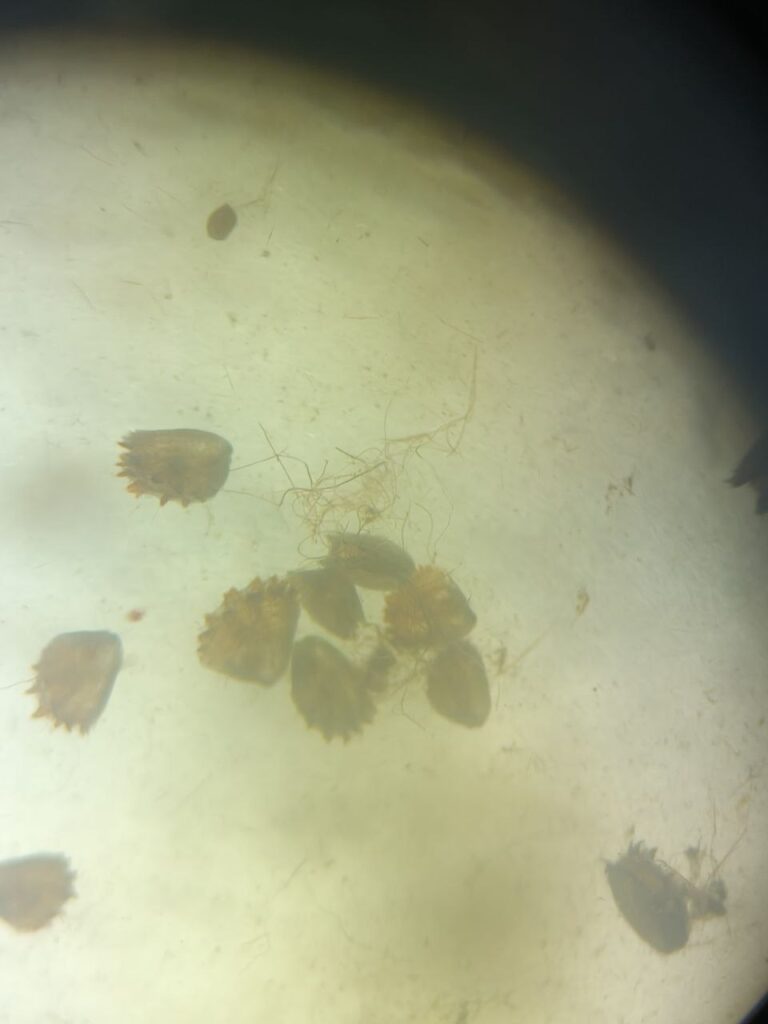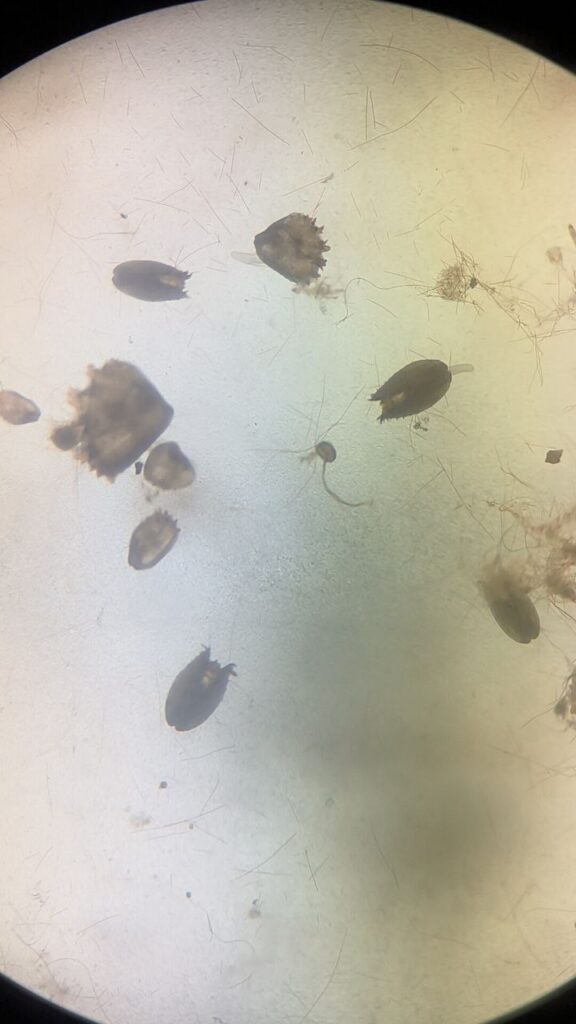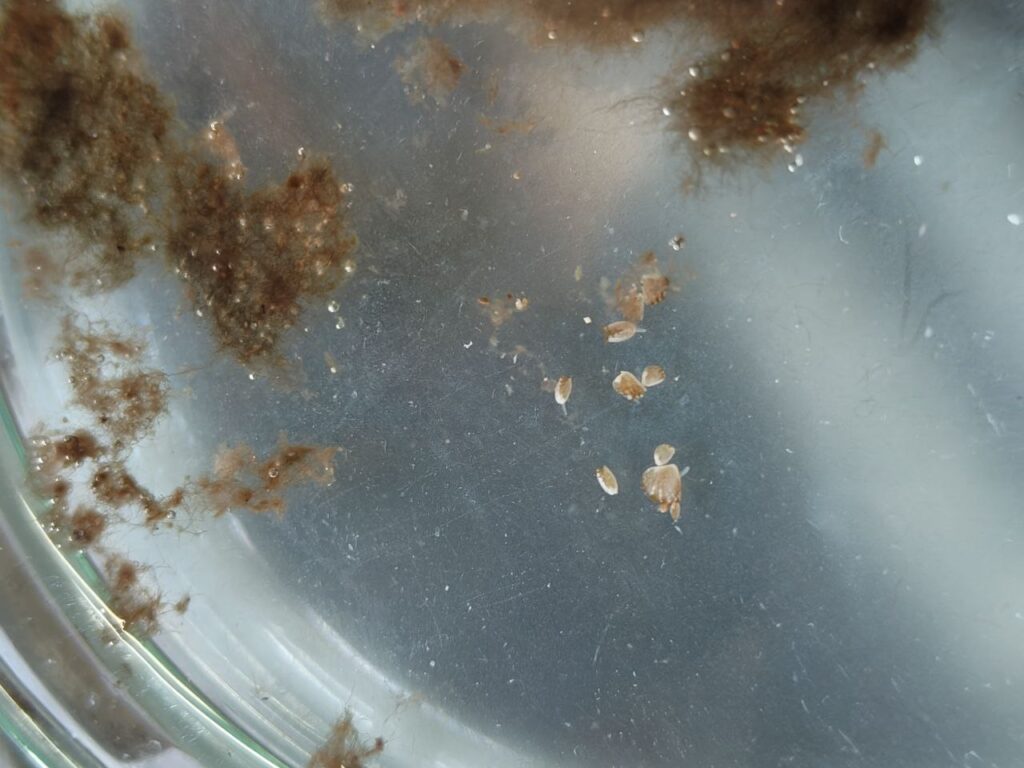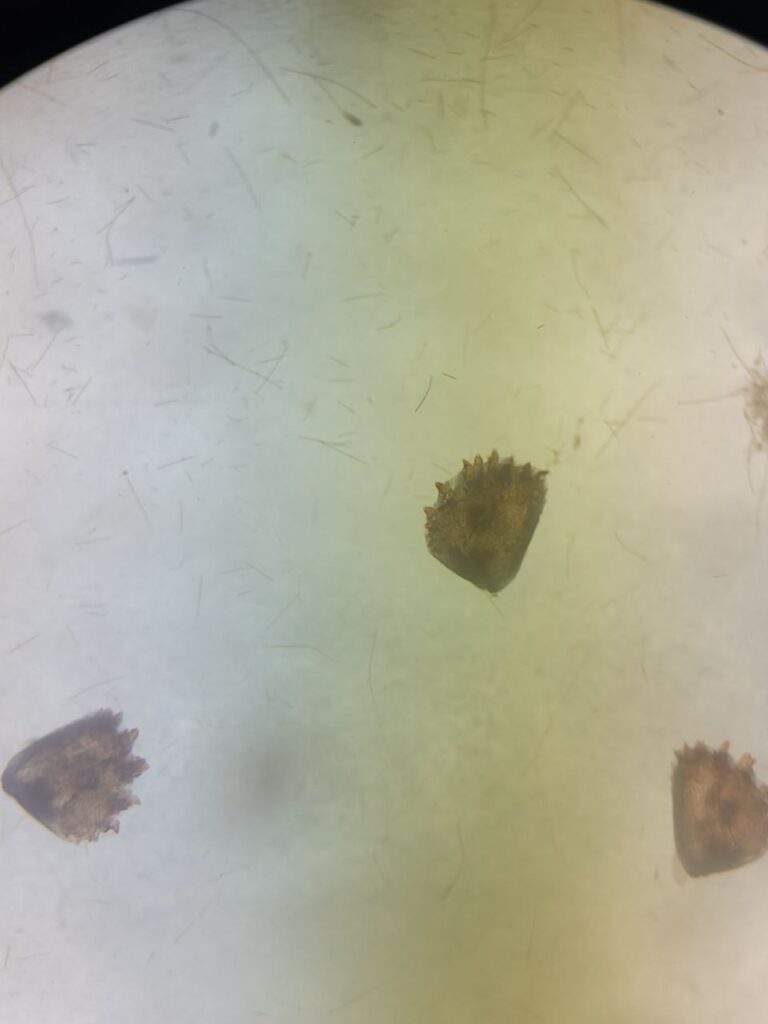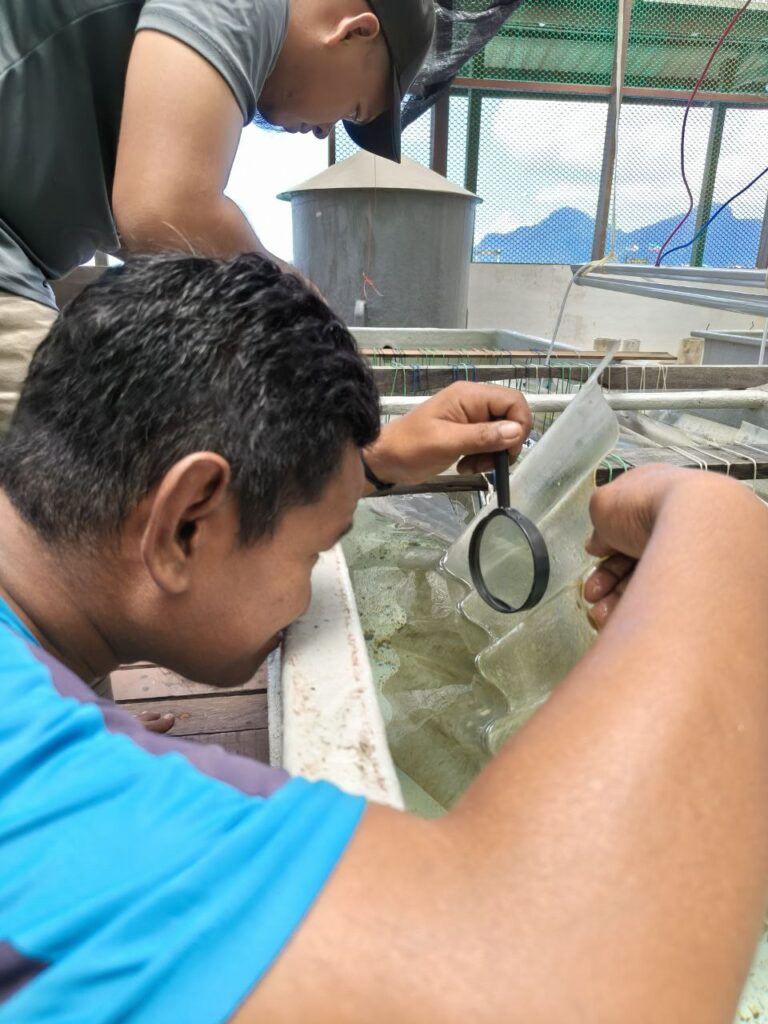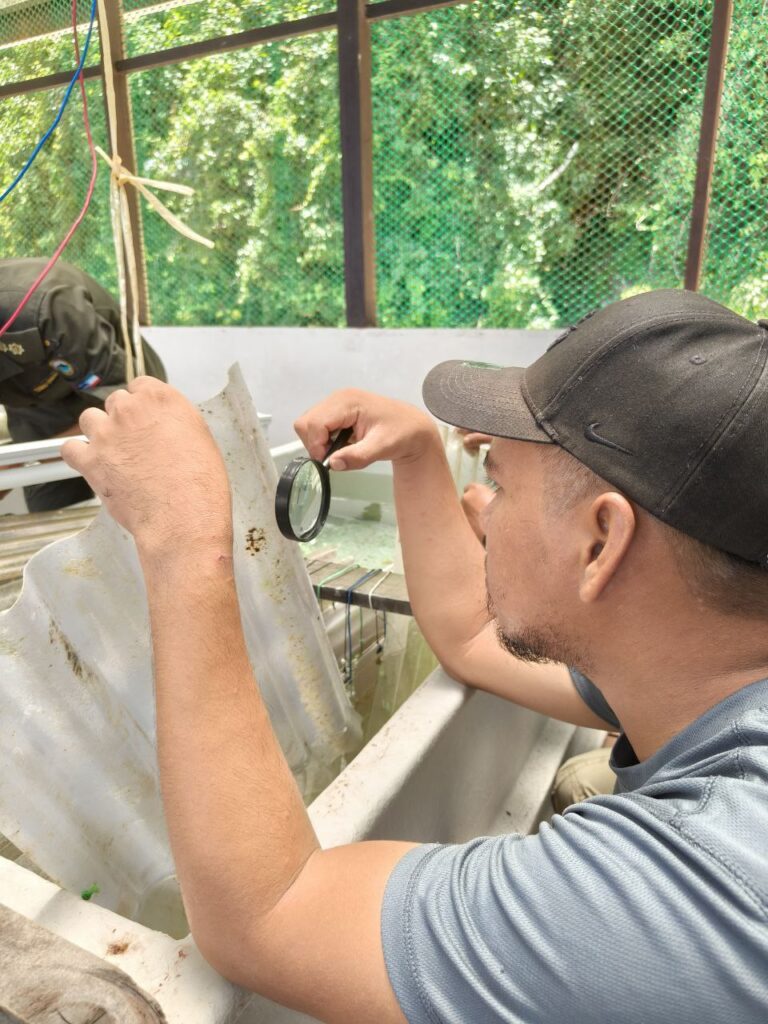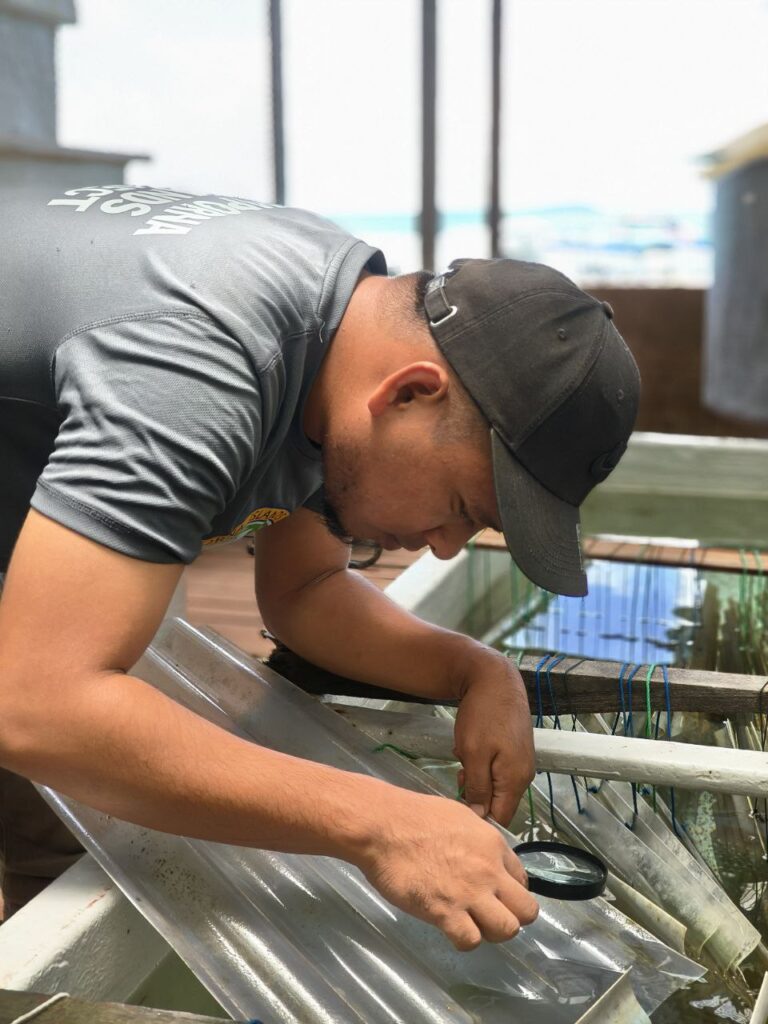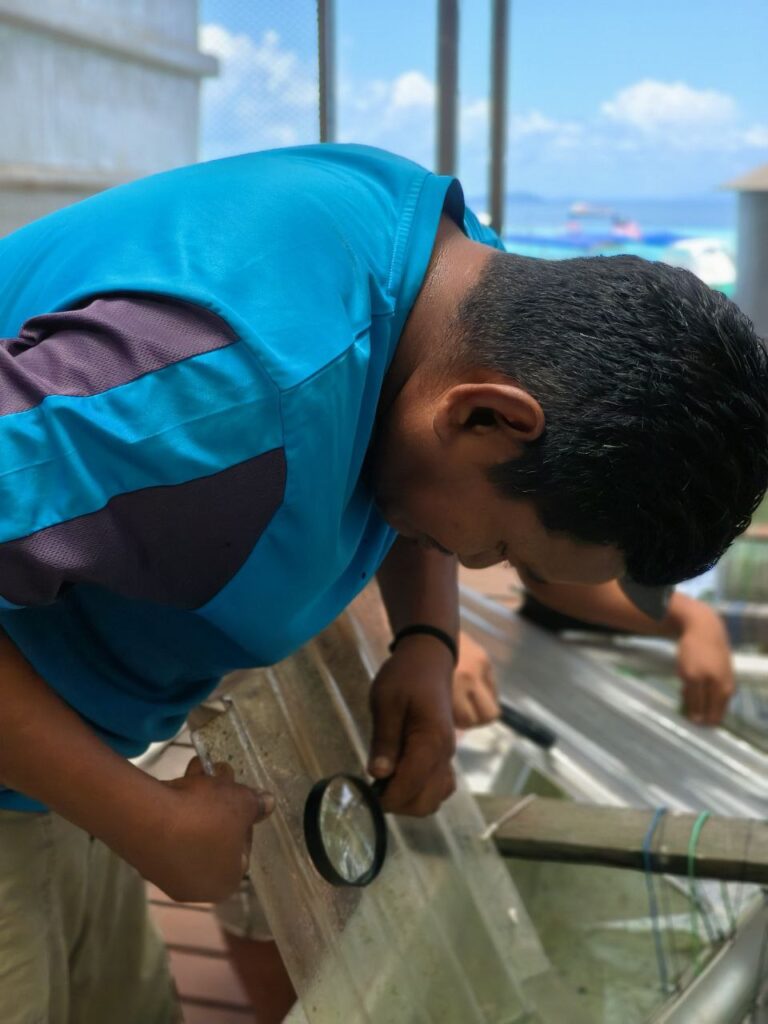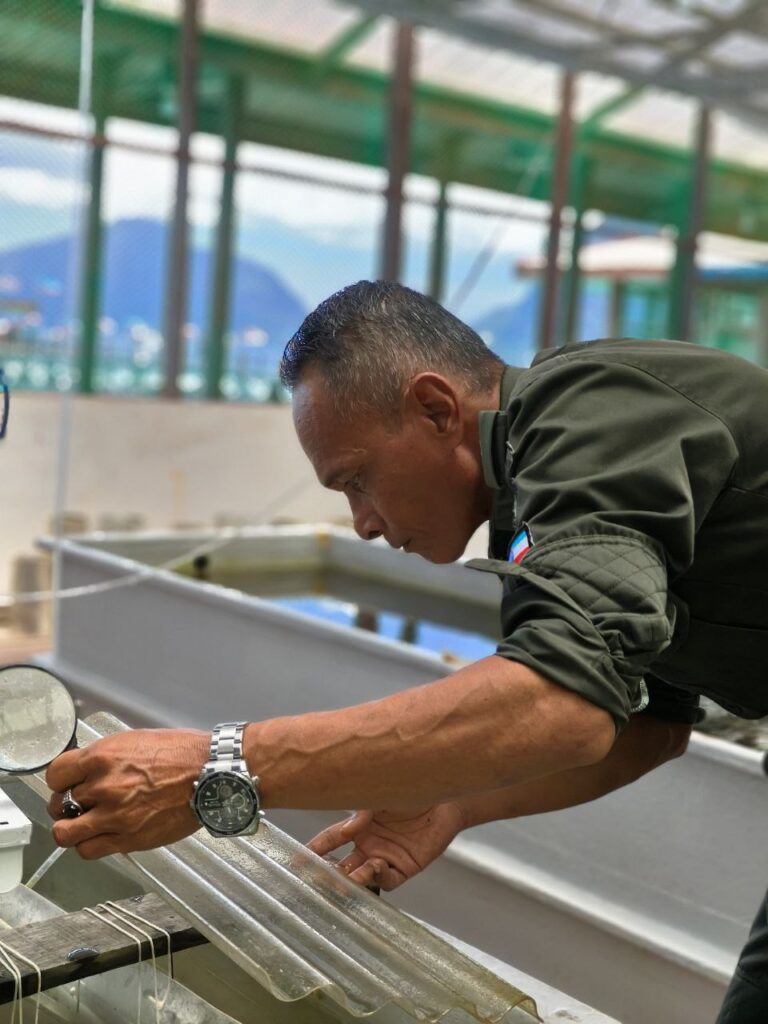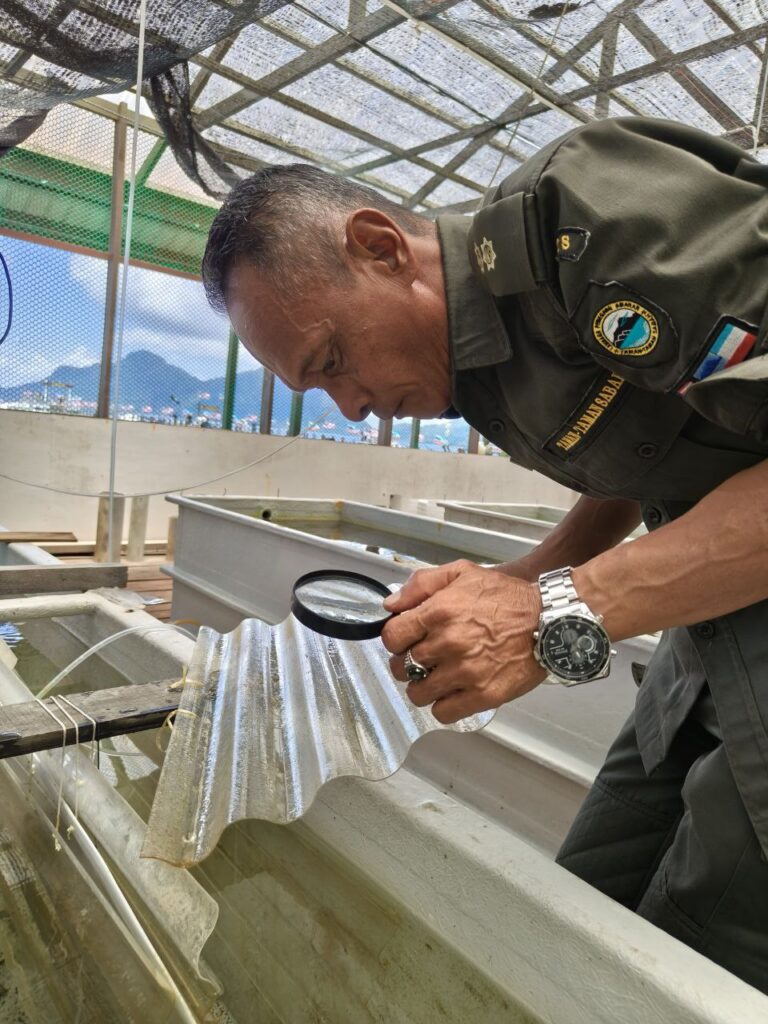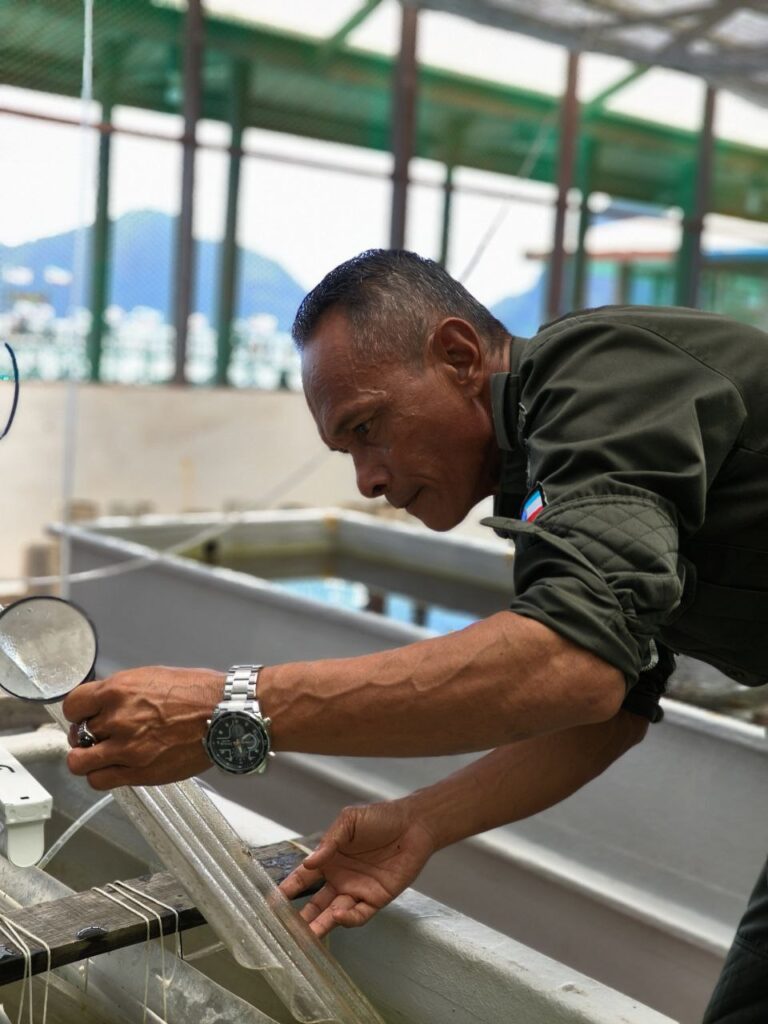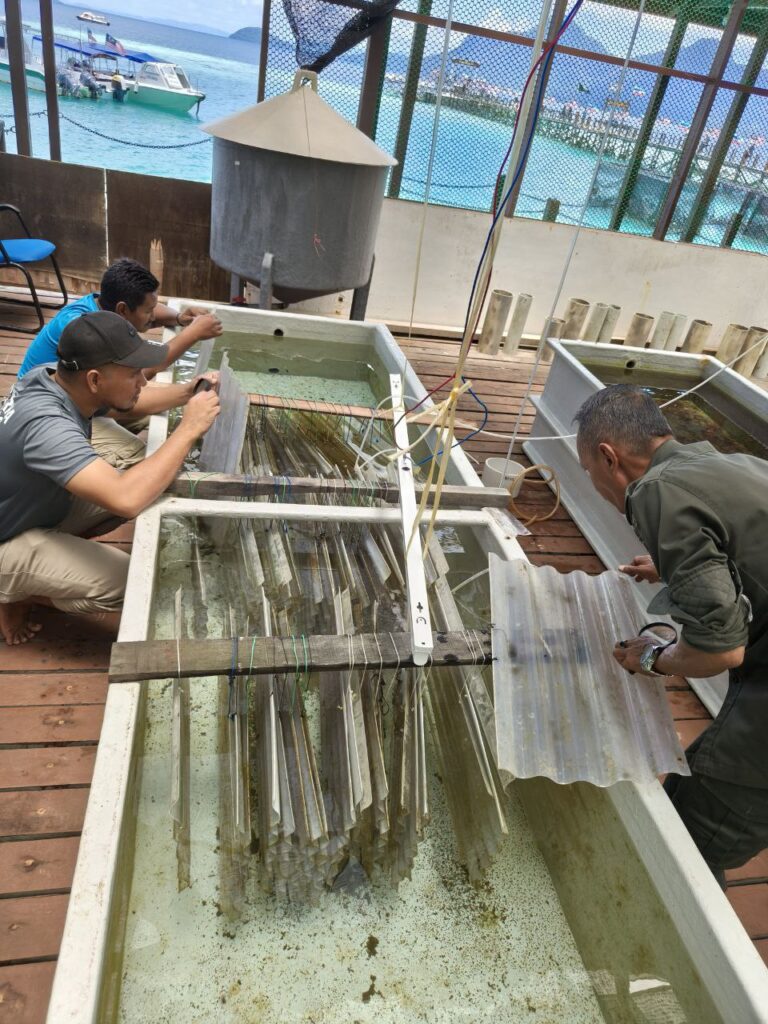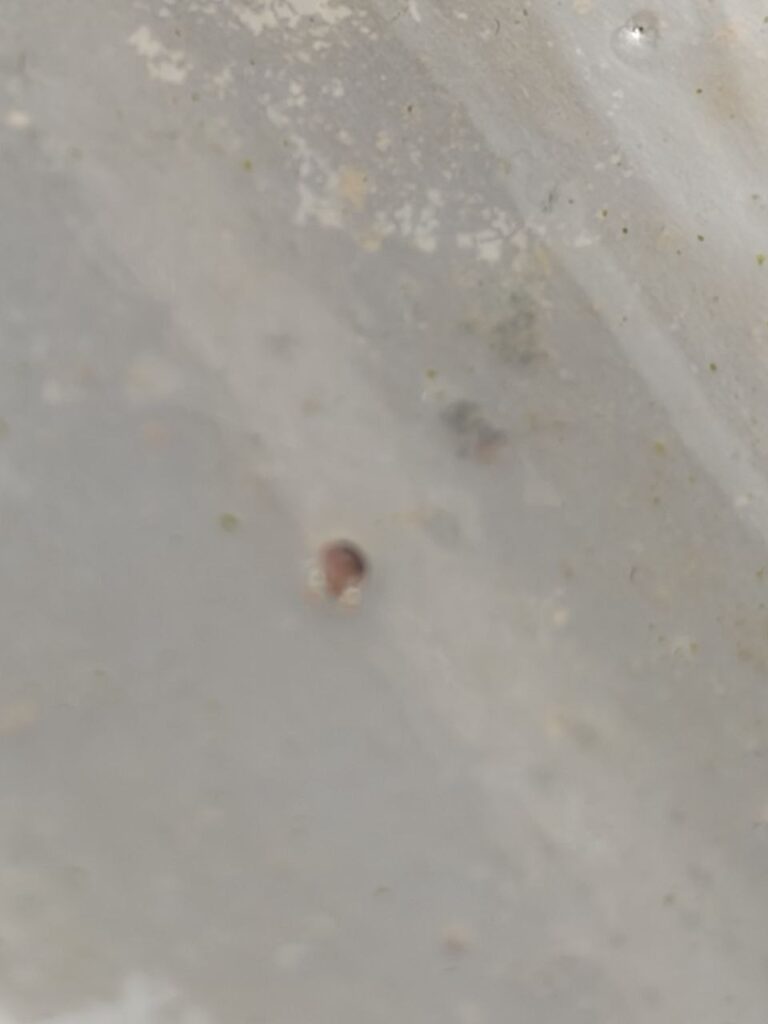Gallery
Abalone and Giant Clam Spawn Inspection
The Semporna Islands Project (SIP) hatchery team is dedicated to restoring these populations through controlled breeding and rearing programs. The inspection and checking of 3-month-old juvenile giant clams as well as 1-month-old abalone are critical in this process. This stage is particularly vulnerable, requiring meticulous monitoring to ensure their survival and healthy development.
Key Aspects of the Inspection:
- Survival Rate Assessment:
- The team meticulously counts the surviving juveniles to determine the success rate of the hatchery process.
- This data is vital for optimizing rearing techniques and improving future breeding efforts.
- Growth Monitoring:
- Measurements of shell length and other growth parameters are taken to track the juveniles’ development.
- This information helps assess the effectiveness of the hatchery’s feeding and environmental conditions.
- Health Evaluation:
- The juveniles are examined for signs of disease, parasites, or abnormalities.
- Early detection of health issues allows for prompt intervention and prevents widespread mortality.
- Water Quality and Environmental Conditions:
- The team checks the water parameters (temperature, salinity, pH, nutrient levels) in the rearing tanks.
- Maintaining optimal environmental conditions is essential for the juveniles’ well-being.
- Infrastructure and system check:
- Checking the functionality of the water pumps, filtration systems, and the holding tanks themselves.
- Data collection for improvement:
- The data collected from the monitoring process is used to improve the hatchery process.
- This data helps to create better, more efficient systems for the future.
In essence, the SIP hatchery team’s meticulous inspection is a crucial step in ensuring the success of their conservation efforts. By closely monitoring these vulnerable individuals, they are working to restore vital populations of these magnificent creatures and safeguard the health of the Semporna Islands’ coral reef ecosystems.
